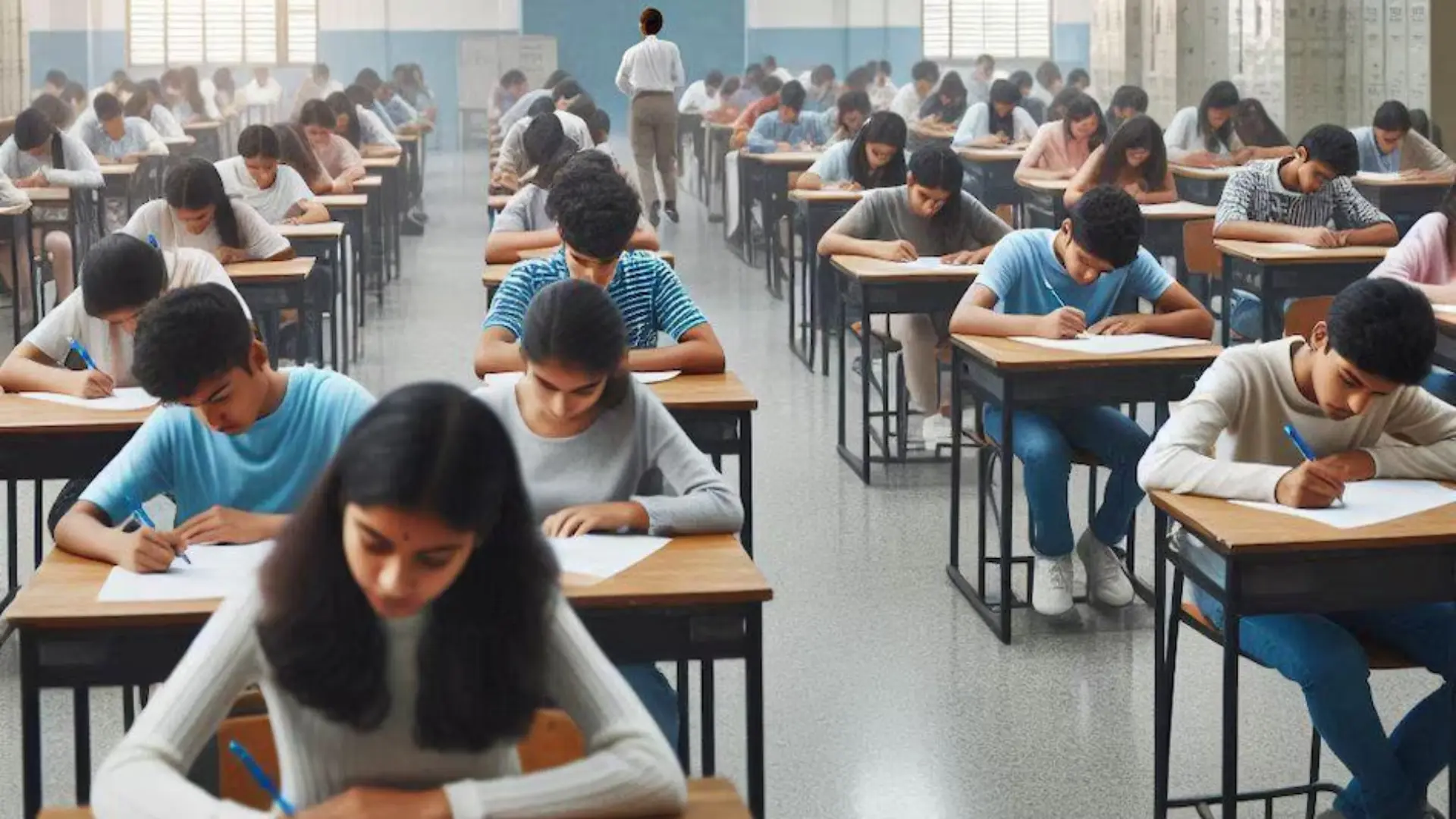High costs for gasoline and fuel are currently causing hardship in Pakistan, which is likely experiencing its greatest economic crisis ever since it was founded. The price of gasoline and diesel in Pakistan increased by Rs 35 on Sunday. Petrol costs Rs 249 a litre in the country right now, while diesel costs Rs 228.
Pakistan is currently facing an economic crisis that has been caused by a combination of factors, including high inflation, increasing debt, and a declining currency. The country is facing a major challenge in balancing its budget and maintaining its foreign reserves, which has put immense pressure on its economy.
Reasons for the drowning Pak economy
- The current inflation rate in Pakistan is at an all-time high, with prices of essential goods such as food and fuel rapidly increasing. This has made it difficult for the average citizen to make ends meet, as their purchasing power has declined significantly. The high inflation rate is also having a negative impact on the country’s foreign exchange reserves, as it reduces the value of the currency and makes it more difficult for the government to pay its debts. The country has to pay $33 billion debts by FY 2023.
- Another major contributor to the economic crisis in Pakistan is the country’s high level of debt. The government has been struggling to repay its loans and has been forced to take on more debt to meet its obligations. This has led to a vicious cycle of borrowing and spending, which has further weakened the economy.
- The declining value of the Pakistani rupee is also contributing to the economic crisis. The currency has lost significant value against other major currencies, making it more expensive for Pakistan to import goods and services. This has led to a rise in the prices of imported goods, which has further fueled inflation and made it even more difficult for the average citizen to make ends meet.
- The government of Pakistan has been implementing a number of measures to address the economic crisis, including reducing its budget deficit, increasing tax revenue, and negotiating with international organizations for financial assistance. However, these measures will take time to have a significant impact, and the country is likely to continue facing economic challenges for the foreseeable future.
- The Pakistani rupee was one of Asia’s worst performing currency years in 2022, falling about 30% against the US dollar. Imports were more expensive as the currency declined, severely reducing foreign reserves. Pakistan’s foreign exchange reserves dropped to below $6 billion in December 2022, the lowest level in eight years and only enough to pay for one month’s worth of imports.
- Pakistan obtained a $6 billion bailout assistance from the IMF in 2019. (International Monetary Fund). The international banking organisation provided the $3.9 billion in desperately needed funding until August of last year. The seventh and eighth evaluations were finished on August 29, 2022, and Pakistan was given permission to withdraw $1.1 billion. Because of an ongoing review, the subsequent tranche missed its target delivery date of September (IMF conducts a regular review to check how its bailout money is being spent). Pakistan is in severe need of the most recent infusion of $1.18 billion.
In conclusion, the economic crisis in Pakistan is a complex issue that has been caused by a combination of factors, including high inflation, increasing debt, and a declining currency. The government is taking steps to address the crisis, but it will likely take time for these measures to have a significant impact. The average citizen is facing difficult times, as the high inflation rate and declining value of the currency have made it harder for them to make ends meet.
















